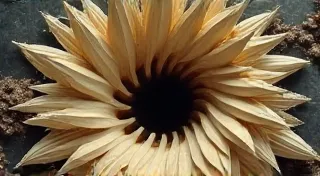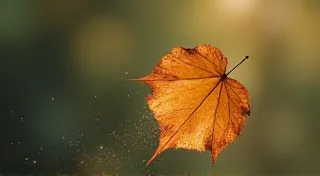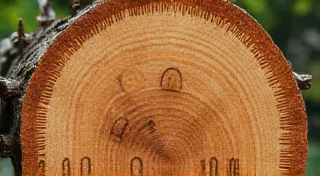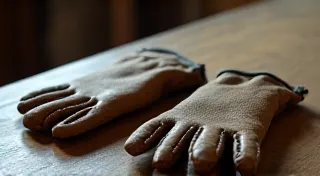The Whispers of Bone: Unearthing Stories in Antique Knitting Needles
There's a quiet magic held within antique knitting needles, a resonance that transcends their simple purpose as tools. They are not merely instruments of craft; they are vessels of history, tangible links to the hands and lives of generations past. Especially when crafted from bone, they hold a particular poignancy, a silent storytelling power that captivates and inspires. To hold one is to feel the echoes of countless stitches, the hopes and anxieties woven into the fabric of a life.
My fascination began with a small box found tucked away in my grandmother’s attic. Inside, amongst faded linens and moth-eaten lace, lay a collection of bone knitting needles. They were unassuming, worn smooth by years of use, yet they radiated a profound sense of connection to a world I could only imagine. My grandmother, a practical woman rarely given to sentimentality, simply shrugged when I asked about them. “They belonged to my grandmother,” she’s said, “She made things, you know. Sweaters, socks, things for the children.” But within that simple statement lay a universe of untold narratives.
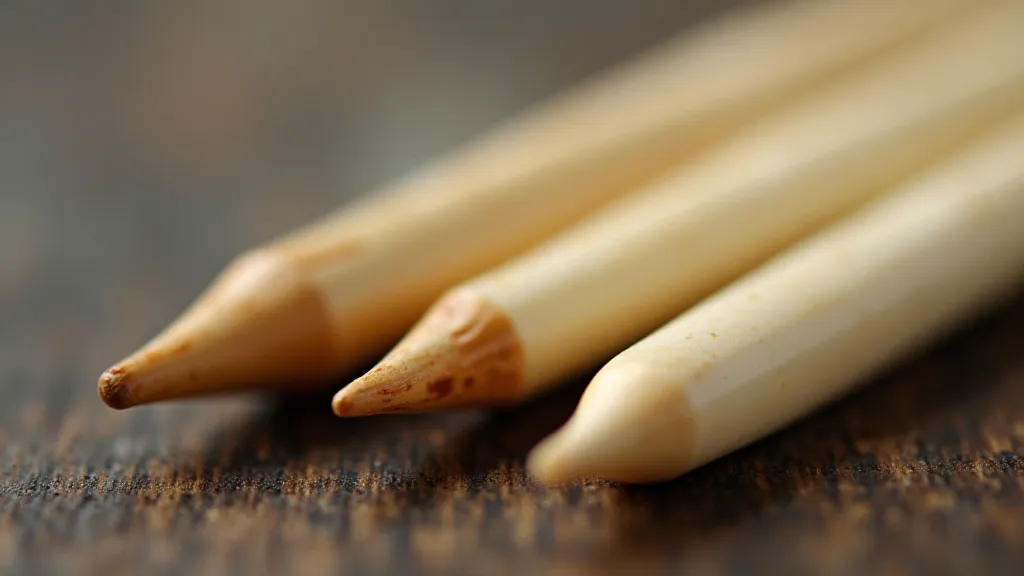
The Materials Speak Volumes
While knitting needles were (and are) made from a variety of materials – wood, ivory, metal – bone needles hold a special place in the history of crafting. Prior to readily available plastics, bone was a practical and surprisingly plentiful resource. Animal bones – often those from livestock – were carefully cleaned, shaped, and smoothed. The type of animal varied regionally; whalebone was prized for its size and strength, particularly in coastal communities, but cattle, sheep, and even deer bones were commonly used. The choice of bone reflected local availability and cultural preferences. Understanding the significance of materials is a key element in truly appreciating the craft, and further exploration into the shift from bone and natural resources to modern materials reveals a fascinating story in itself. The evolution of knitting itself and the designs that emerged alongside different needle types is a testament to this. Those interested in the history of knitting designs might find further information on The Gardener of Patterns: Needles and the Evolution of Knitting Designs.
Consider the labor involved. These weren’t mass-produced items. Each needle was shaped by hand, a testament to the skill of the craftsperson. Simple tools – knives, files, and abrasive stones – were used to painstakingly carve and refine the bone. The resulting needles were often surprisingly uniform, demonstrating a level of standardization that belies their handmade nature. The smooth, polished surface – a direct consequence of countless hours of use – isn’t just cosmetic; it’s a tactile record of the hands that guided them. The shape and form weren't arbitrary; they were often imbued with subtle meaning and symbolism, and investigating these subtle design choices can reveal a great deal about the beliefs and values of the time – a subject explored in detail in articles discussing the symbolism embedded in needle form.
A Historical Tapestry: From Necessity to Art
Knitting itself has a fascinating history, evolving from simple loop-and-pull techniques to the sophisticated patterns we know today. Evidence suggests knitting existed in the Middle East as early as the 11th century, spreading to Europe shortly thereafter. Initially a necessity – providing warm clothing for families and communities – knitting rapidly gained popularity. In the 16th century, the Statute of Artificers even regulated the profession, attempting to control the quality and distribution of knitted goods. The durability and utility of knitted items have always been key, and with that came an appreciation for the hands that created them. The impact of these tools on the lives of the people who used them is difficult to overstate.
Bone needles, as essential components of this craft, became integral to daily life. They were tools of survival, symbols of ingenuity, and sometimes, sources of income. During times of hardship, particularly in rural areas, women often knitted to supplement their families' income, creating stockings, mittens, and other essential items for sale. The way wear patterns developed on these needles, and how those patterns correlate with the techniques and stitches used, is a fascinating area of study. Those seeking to learn more about how to determine the age of antique needles by examining their wear patterns might find valuable insights in The Ghost of a Stitch: Detecting Wear and Determining Age in Antique Needles. The changing forms and materials of needles through the centuries reflects broader shifts in the manufacturing process. Those interested in delving deeper into the evolution of needles, and how their very design was shaped by the shift from handmade tools to more industrialized production, might find insightful information on articles discussing the rise of metal needles and their legacy.
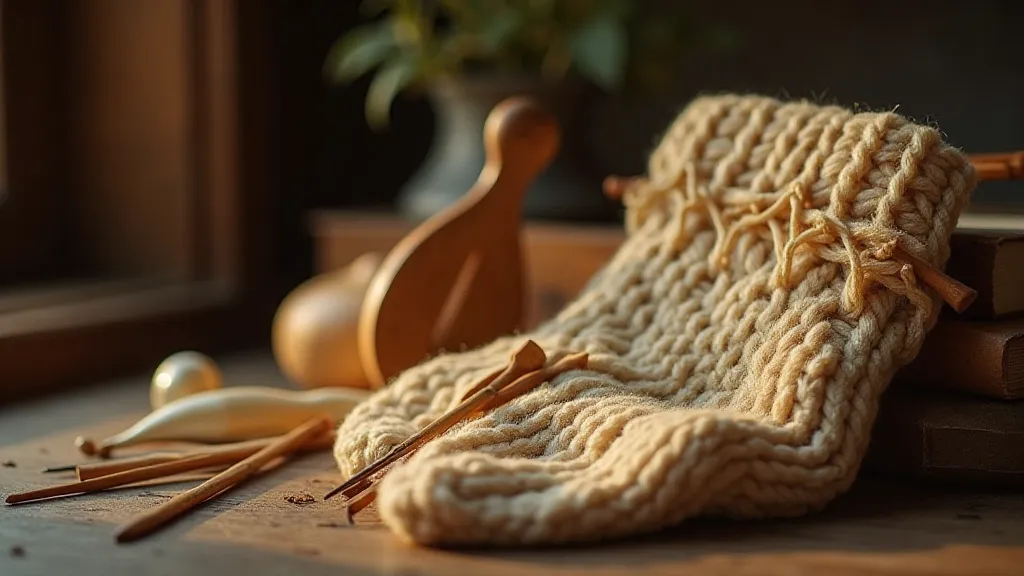
Decoding the Details: Identifying Key Features
Identifying antique bone knitting needles requires a keen eye and an appreciation for subtle details. While there’s a wide range in size and shape, certain characteristics can help determine their age and origin.
- Point Shape: Early needles often had blunter points, becoming more pointed over time with advancements in toolmaking.
- Taper: The way the needle tapers from the thick end to the point provides clues. Older needles often have a more gradual taper.
- Diameter Variation: Examine the thickness of the needle along its length. Unevenness can be a hallmark of hand-carved tools.
- Wear Patterns: The pattern of wear – particularly around the point – can provide insight into the types of stitches frequently used.
- Color and Texture: The color of bone can vary significantly depending on the animal source and how it was processed. The texture should feel smooth and polished, but may have subtle imperfections.
Remember that variations exist; these are guidelines, not rigid rules. A truly rewarding aspect of collecting antique knitting needles is the detective work – piecing together the story behind each individual tool. Even the slightest variations in the wear patterns can offer profound insights into the era the needles were used, and one can even deduce the common stitches favored by the original owner. Further investigation of these intricate details can shed light on what factors influenced those patterns and how they changed over time. Beyond simply identifying the materials, understanding the broader labor practices involved in creating these tools provides valuable context. Some articles delve into the unseen labor behind vintage textiles and the creation of these intricate items. For a deeper understanding of this aspect, one can explore Needle's Shadow: The Unseen Labour in Vintage Textiles.
Preserving the Legacy: Care and Collecting
Antique bone knitting needles are fragile artifacts, deserving of careful handling and preservation. Avoid extremes of temperature and humidity. Gentle cleaning with a soft cloth is usually sufficient. Do not attempt to aggressively polish or refinish them, as this can damage the original patina and erase valuable details.
Collecting antique knitting needles isn't just about acquiring objects; it’s about connecting with history and appreciating the skills of generations past. Building a collection can be a deeply rewarding experience, offering a tangible link to a world of traditional craftsmanship and a profound sense of connection to the lives that touched these humble tools. The impact of time on materials, and the ways to best preserve these historical objects, remains a fascinating area of study. Understanding regional variations in bone processing and carving techniques can contribute significantly to authenticating and appreciating these treasures; in fact, articles detailing the subtle art of knowing regional styles in antique knitting needle craftsmanship offer insights into these distinctions.
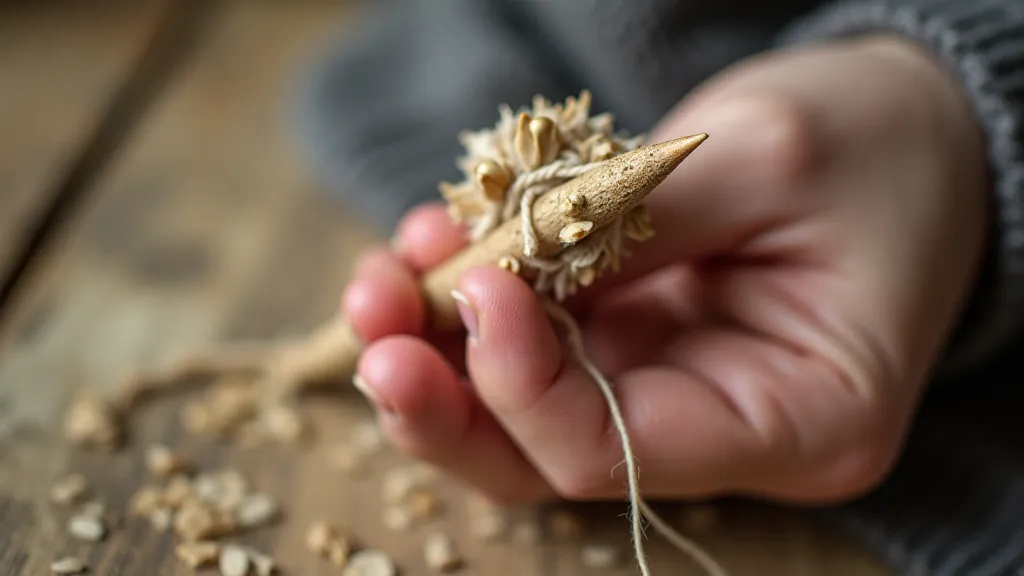
A Timeless Resonance
The next time you pick up a pair of knitting needles – whether they are modern or antique – take a moment to consider the history held within them. Imagine the hands that shaped them, the countless stitches they guided, and the stories they helped to create. These are more than just crafting tools; they are whispers of the past, tangible links to a world of tradition, ingenuity, and the enduring power of human creativity. The skill required to craft them speaks volumes about the importance of self-sufficiency and resourcefulness in past generations. These unassuming tools represent far more than just the ability to create warmth; they embody a legacy of innovation and artistry. The way the bone was sourced, prepared, and shaped reflects not just technical skill but also a deep understanding of the natural world and a respect for the materials used. Ultimately, possessing and appreciating antique knitting needles isn’t just about collecting beautiful objects; it's about preserving a tangible connection to a rich and enduring craft.
